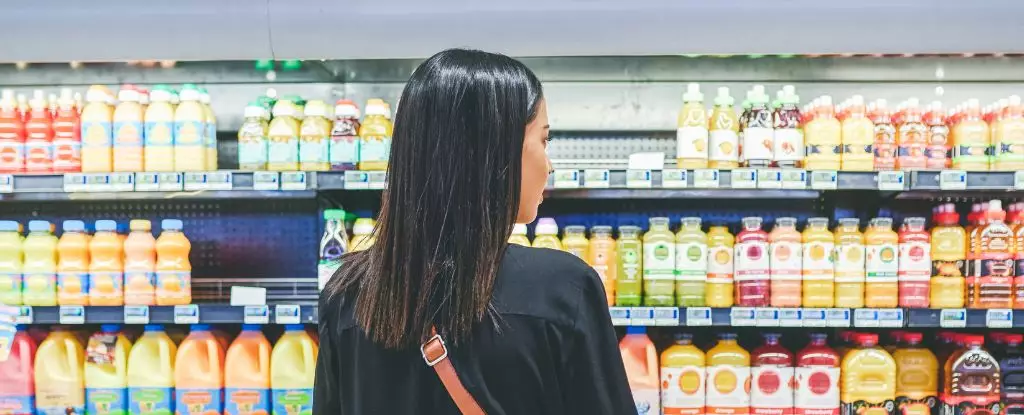The revelation that many drinks, particularly those housed in glass bottles, are tainted with microplastics, shakes the very foundation of our beverage consumption. Conducted by France’s food safety agency, ANSES, the study brings to light an unsettling reality: the very containers we trust to keep our drinks pure may be introducing unseen contaminants into our bodies. The data, revealing an average of 100 microplastic particles per liter in various glass-bottled drinks—ranging from soft drinks to beer—highlights a troubling trend that not only compromises consumer trust but also calls into question the safety of the food and beverage industry as a whole.
Glass vs. Plastic: The Unexpected Results
Traditionally, one might assume that glass, often touted for its purity and recyclability, would be a safer option compared to plastic bottles, infamous for their environmental footprint. Yet, this new study shows the opposite is true, with microplastics in glass containers outpacing those found in plastic by a staggering five to 50 times. The revelation is jarring, particularly given that many consumers choose glass to avoid the very issues they now face. An insight from PhD researcher Iseline Chaib revealed that the particles found in the drinks came from the paint used on the caps sealing these glass bottles. This chemical exposure was not anticipated, challenging the idea that glass is a universally safe packaging choice.
The Illusion of Safety
What does this mean for the consumer? The findings present a paradoxical scenario—people opt for glass with the hope of dodging plastic-related microplastics, only to discover that the alternative offers its own form of peril. As the study suggests, this hidden danger is compounded by the fact that there is no benchmark for what constitutes a “safe” level of microplastics in beverages. While the study has not found a direct link between microplastics and health issues, the persistent proliferation of plastic particles in our food systems throws fuel onto the fire of public concern. It begs the question: how much longer can we rely on traditional packaging without demanding a thorough reassessment of what we deem as “safe”?
Manufacturers in the Hot Seat
Manufacturers must face the consequences of these findings; the burden now rests with them to ensure the safety of the products they deliver to consumers. The study has provided a glimpse of a potential solution—a cleaning technique that drastically reduces microplastic contamination by 60%. Utilization of this method must become industry-wide to mitigate risk, yet the question looms—will companies prioritize consumer health over profit margins? This situation harkens back to a troubling trend in which profit takes precedence over safety. It is disheartening to consider that, as regulations lag in keeping pace with modern challenges, the onus of ensuring drink safety falls chiefly on the manufacturers.
The Broader Implications
This startling study unearths broader implications that extend beyond those who drink these beverages. As microplastics are shown to be ubiquitous in the environment—from the air we breathe to the soil we eat from—the dangers faced by the consumer hint at a larger, systemic problem entrenched within our society’s relationship with plastic. This is not just about choosing the right container. It’s a wake-up call for our entire food system, requiring urgent reform in policies that govern packaging safety, consumer transparency, and environmental stewardship.
The actions we take in the coming years could determine not only the health of consumers but also the long-term viability of a food system riddled with outdated practices and complacency. It remains imperative that we demand accountability and innovation—not just from individual manufacturers, but from the collective industry as a whole. The link between packaging and health must be prioritized, reshaping the discourse around the sustainability of our consumption habits while empowering consumers to make truly informed choices.

Leave a Reply